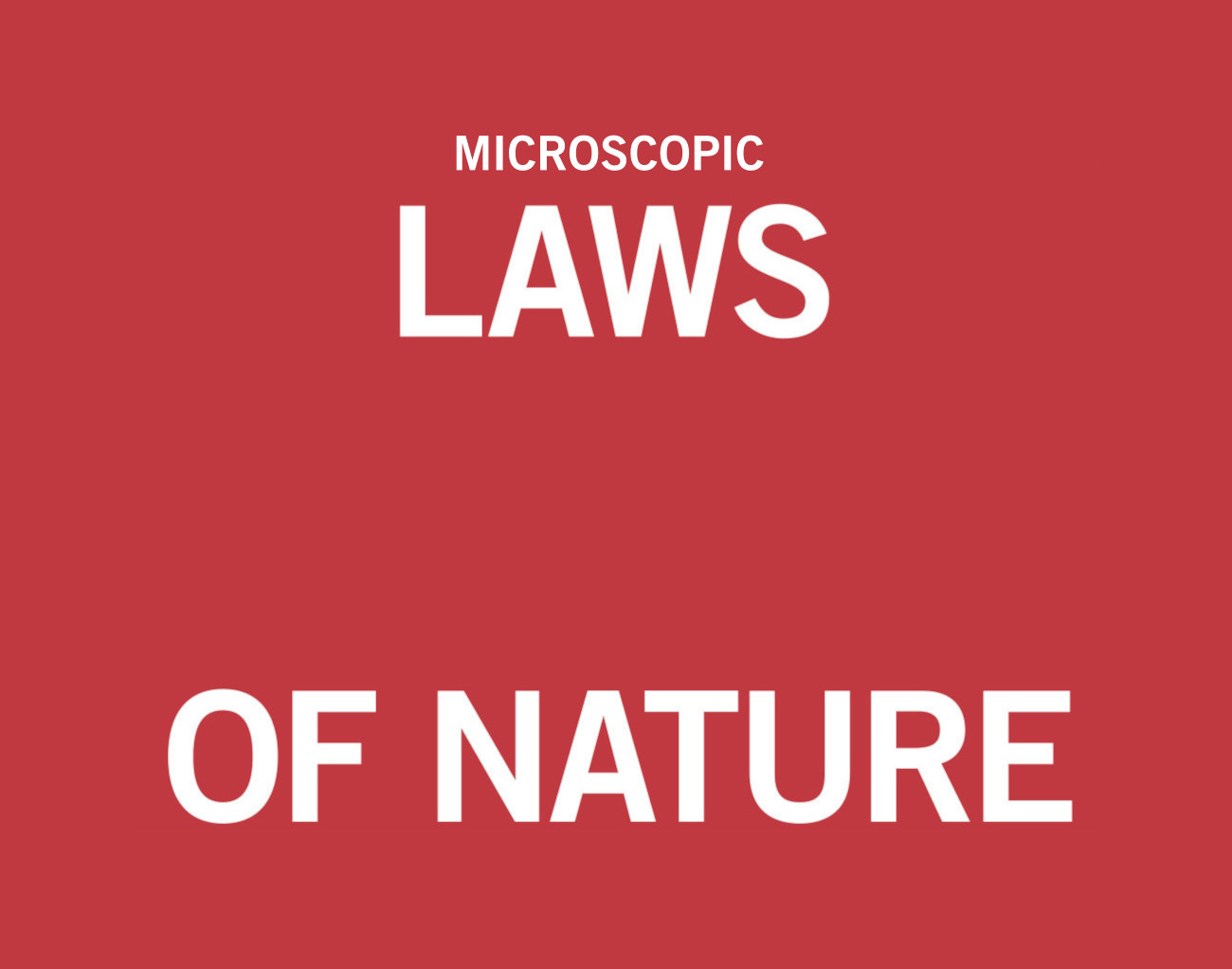Newsroom
 The interplay between weak and strong elements or interactions in nature and society is the focus of the new issues of the RUPERTO CAROLA research magazine.
The interplay between weak and strong elements or interactions in nature and society is the focus of the new issues of the RUPERTO CAROLA research magazine.The properties of materials around us are governed by the laws of quantum mechanics. These laws describe how electrons and nuclei form atoms that assemble into molecules and solids. However, while it is possible to describe and predict the properties of a simple molecule or crystal using the microscopic laws of quantum mechanics, it is much more difficult to predict the behaviour of complex systems composed of many (1023) particles. This is because, at each complexity level, new phenomena can emerge that are not intuitively obtained – and cannot simply be extrapolated – from the underlying microscopic laws. These emergent phenomena arise from competing interactions between the constituents that form the material.
In the most recent edition of the RUPERTO CAROLA research magazine, Maurits Haverkort from STRUCTURES delves into the challenge of comprehending and predicting the characteristics of quantum materials with competing local and itinerant interactions. The article sheds light on innovative methodologies, developed within STRUCTURES, to grasp the delicate balance between these interactions, revealing emergent properties. Being able to understand and predict these properties allows for advances in a variety of applications and fields. For instance, understanding the chemistry and physics of Actinides is important for the safe storage of nuclear waste, or comprehending how such elements bind to different ligands, which could be useful for future applications in nuclear medicine.
Article in RUPERTO CAROLA:
